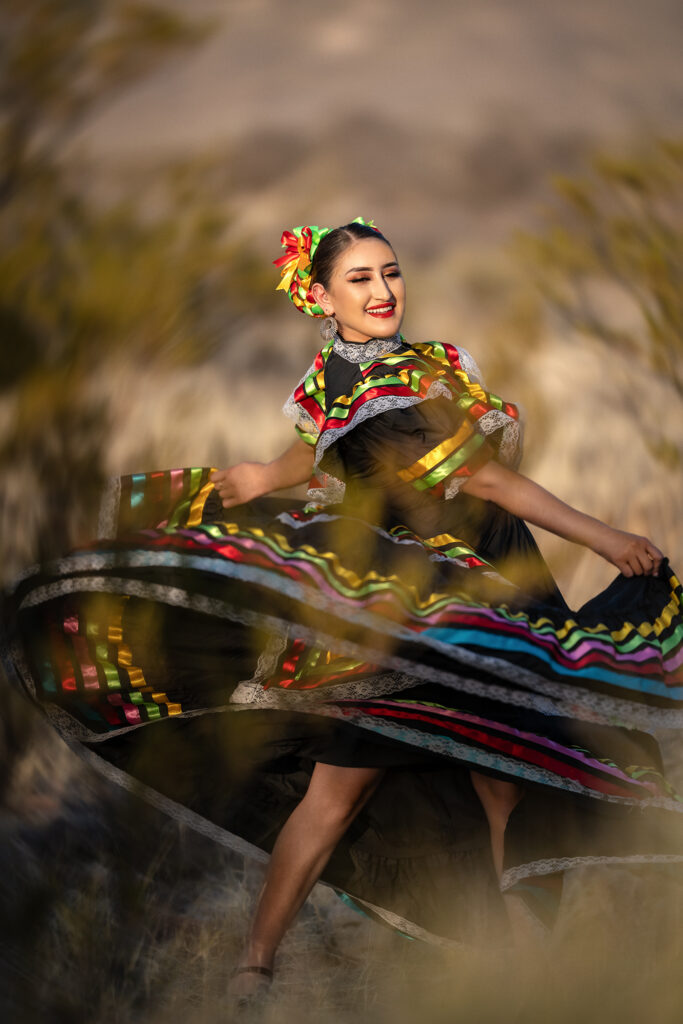
Table of Contents
Jalisco
The typical costumes of Mexico are the result of a mixture between the indigenous (Aztec and Mayan, among many other ancestral original groups) and Spanish cultures. Each of the outfits is a faithful witness to Mexican folklore. Typical dances of Jalisco include el son de la negra, la danza de los sonajeros and, especially, el jarabe tapatío.
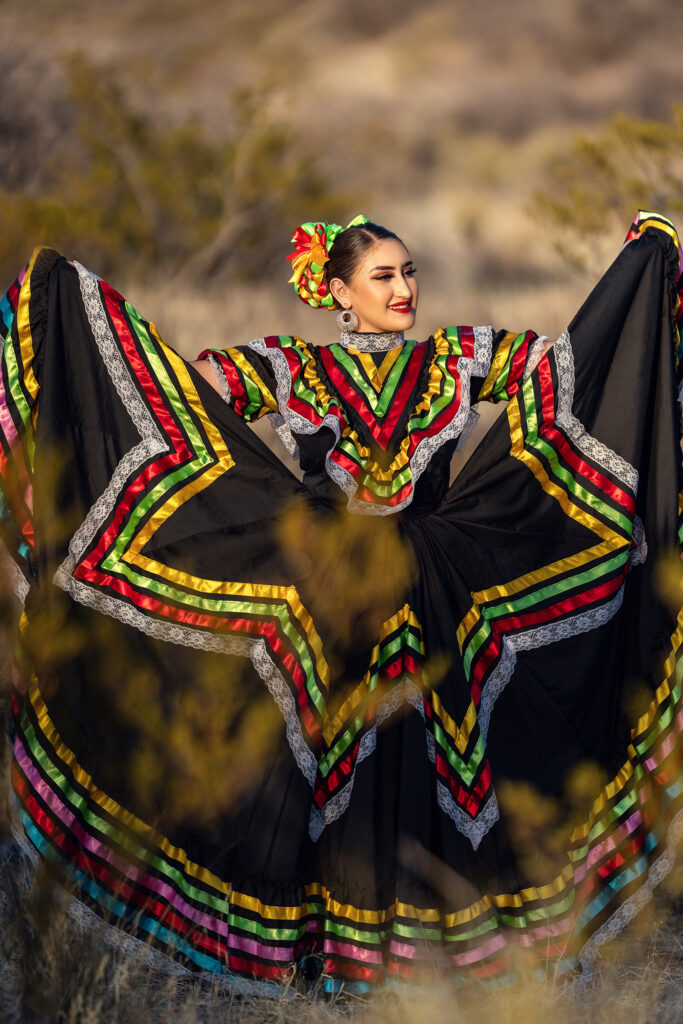
The latter has become the Mexican national dance. All these manifestations are marked by mariachi music, also native to Mexico. These styles show the mixture of the indigenous culture with the one carried by the Spanish conquerors. The state of Jalisco is part of Mexico, Its name comes from the Nahuatl word “Xalisco”, which means “on the sand.” It is the birthplace of charros, tequila, and mariachi; all traditions that mark the cultural identity of the entire nation. The dances can be divided into sones, jarabes y danzas.
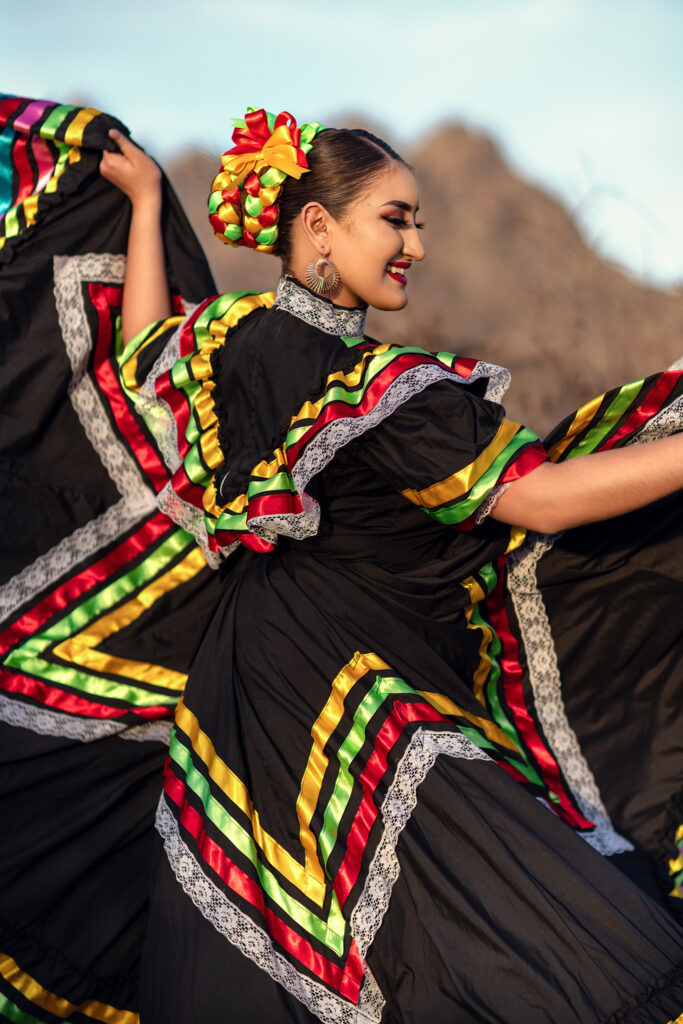
The first appears on the coasts during the colonial era, with indigenous and Spanish elements. El jarabe, meanwhile, was the most popular throughout the country. According to some theories, it comes from gypsy jarabe and appears at the end of the 17th century. Danzas represent one of the most popular dances. Sometimes the dances are related to religious celebrations.
Veracruz
The Veracruz costume is the clothing that most characterizes the state and the origin of these garments and comes from the towns that are in the Papaloapan river.
According to the history of the region, the typical costume of Veracruz emerged 3 decades ago, during the celebrations of the Independence of Mexico and the Mexican Revolution.
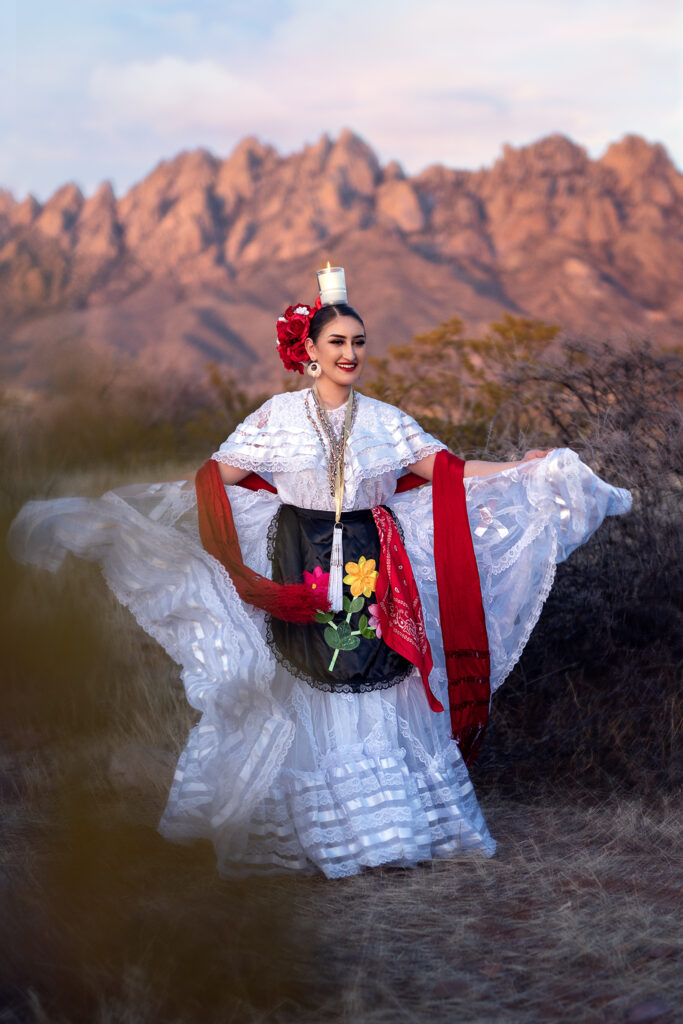
The jarocha costume is made entirely in the city of Tlacotalpan. The blouse or shirt and the white petticoat is handmade by the hardworking women of the region, magnificent fraying works have always been carried out, since the Jarocho costume requires this manual art.
The head of the Jarocha is crowned with a tortoiseshell comb and a ribbon tied in the shape of a bow, the same color as the rebozo and the ornamental flowers, as well as a bouquet of natural roses that indicate marital status; if she is single it goes on the left side, if she is married on the right side.
El Son Jarocho is a musical expression of colonial origin, rooted in the Sotavento area (part of the states of Oaxaca, Tabasco and Veracruz). Its maximum expression is the traditional festival of the fandango, where music, dance, and poetry are combined.
The adjective jarocho indicates its belonging to the Afro-descendant culture in the Mexican Leeward region.
At the beginning of the 19th century, the noun “son” designated any of the country’s little sons that included dance in the popular event and contained mestizo stylistic features. Its origin dates back to colonial times, where Spanish, indigenous and African elements were mixed.
El Son de la Bruja is one of the oldest jarocho sones and was born as part of the syncretism between the symbols of America and Europe. El Baile de la bruja (The dance of the Witch) consists of the typical footwork of the sones jarochos, but the level of difficulty is raised: a glass with a lit candle is placed on the head of the dancers.
This being (The Witch) is a reference to the close union that Veracruz has with the magical, mystical and supernatural. It is an entity whose presence is felt throughout Mexico, and in these regions, it gains a lot of strength.
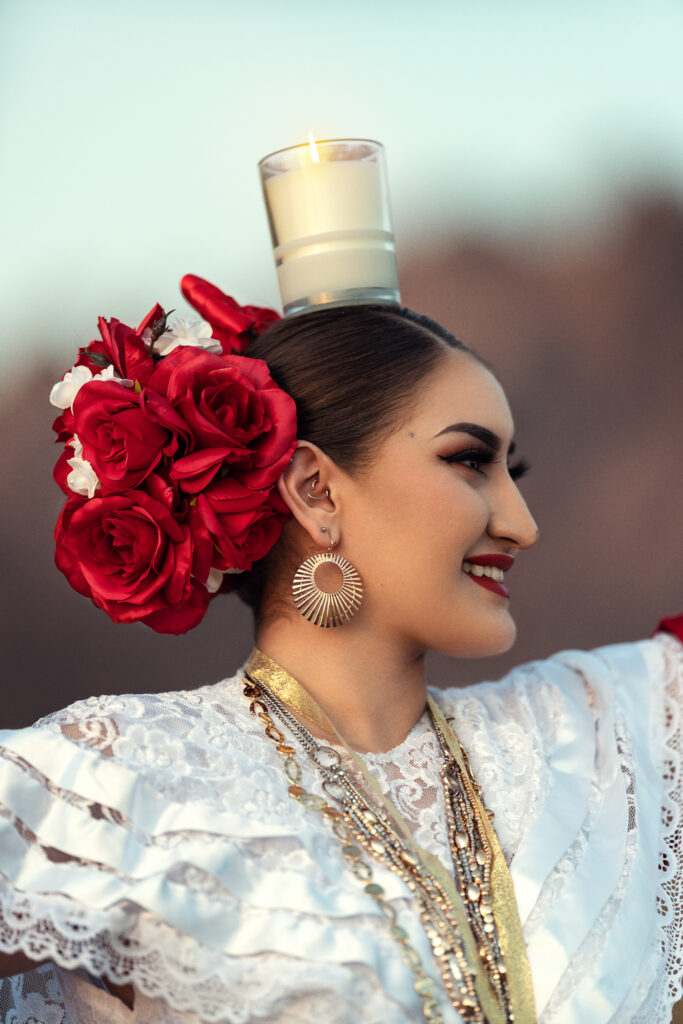
There are several versions of the son La Bruja. Each version contributes to the general meaning, and more than a song to dance, it is a legend. Songs like this, not only warn about the dangers that lurk in the night and teach about good and evil, but also give identity and serve as a reminder of what we are made of; stories, myths, mystery, magic, double meaning, dreams and rhythm. They also show the importance of all the knowledge and stories that are transmitted orally, and that, although they probably originate in more traditional communities, in the end they permeate the collective imagination and end up being a sample of the richness of the Mexican culture.
Behind the Scenes
For this shoot I decided to switch things up a bit by shooting the black dress in natural light while utilizing strobes for the white dress. I knew that I wanted to capture the action with a tight focal length and maximum background blur (bokeh) to go with the motion of the dancer so I shot at 200mm (Canon 200mm / f2) wide open (f/2). I then switched to my trusty Canon EF 85mm f/1.2 L and shot a few frames at f/2. I love the compression that the 85mm yields. Lastly, I knew I wanted a few shots with the Organ Mountains in the background so used the Sigma Art 50mm f/1.4 wide open for the pull-out shots.

A shoot wouldn’t be complete if I didn’t break out my trusty strobes for a few captures…the strobes allow for me to kraft the light. Here you can see that I positioned my main (key light) camera left at 45 degrees and to a height just above eyes and pointed down at 45 degrees. I often point the main light away from the subject just a touch (feathering light) to avoid any harsh overexposed skin. Often you can never have the sun exactly where you need it during a shoot, and in this case, I really wanted the Organ Mountains in the background. Unfortunately, I shot this in the evening and our beautiful sun was in the other end of the sky. Fortunately, I had an additional strobe (kicker light) that I was able to position 45 degrees behind the subject to simulate a rear light.
Camera Gear
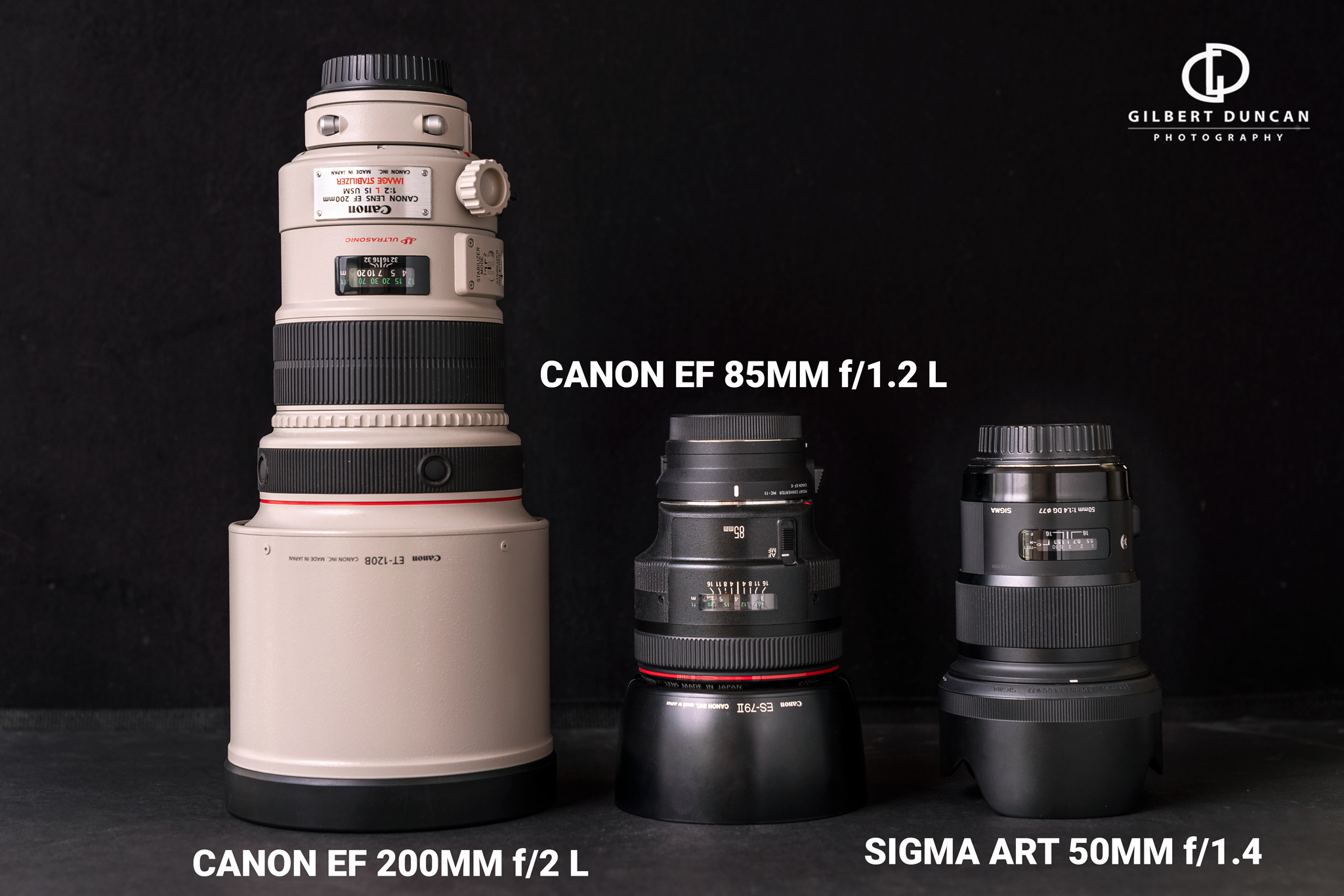

Camera:
- Sony a7riii
Lenses:
- Canon EF 200mm f/2 L
- Canon EF 85mm f/1.2 L usm
- Sigma Art 50mm f/1.4 DG HSM
Light Modifiers:
- Westcott Rapid Box Octa XXL
- Elinchrom Softbox
Strobes:
- Flashpoint xplor 600
- Flashpoint StreakLight 360
Misc.
- Avenger C-stands
- Sandbags
- Bose SoundLink Color Bluetooth Speaker
Story and model
I was inspired to create these images & blog post after seeing dance performance stories on my good friend Nallely Castillo’s Facebook feed…I reached out and asked her if she would like to collaborate on this shoot. Thank you again Nallely for the support!
